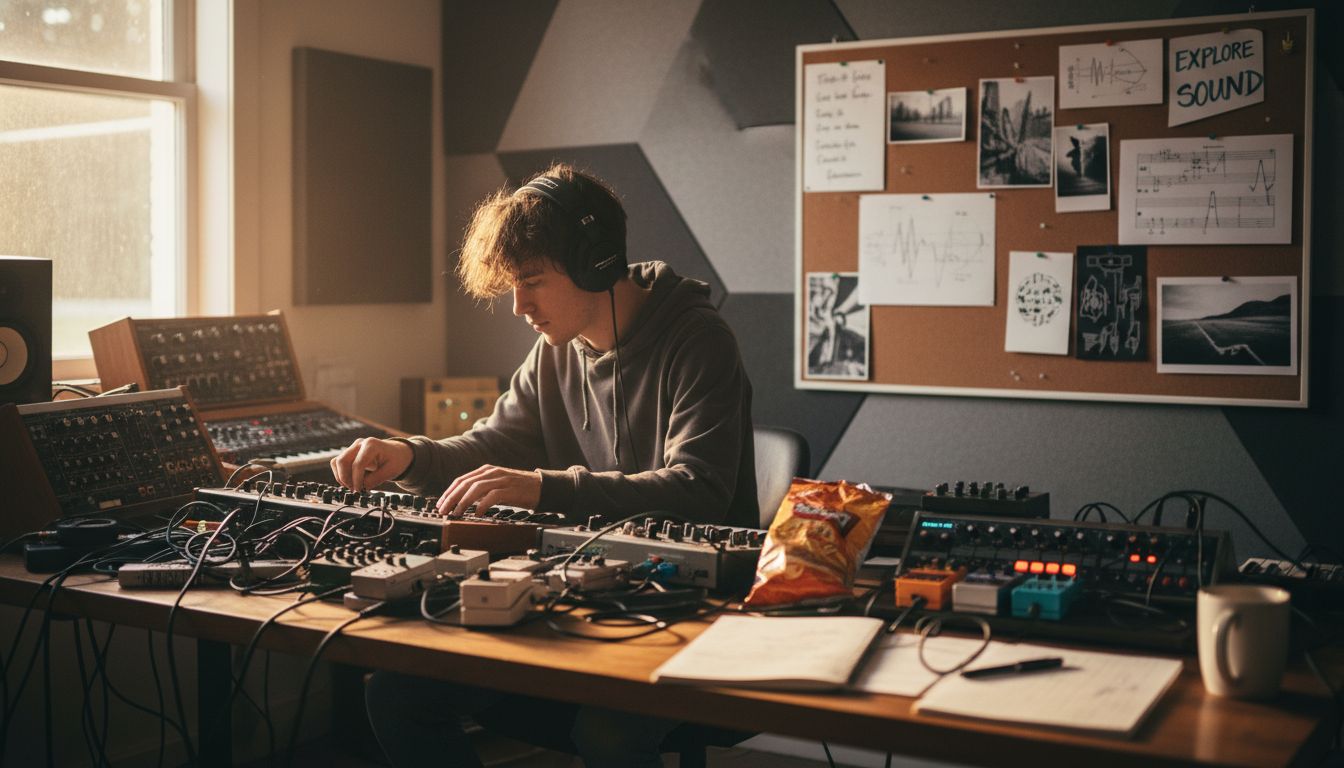Brand Sound That Doesn't Suck: Welcome to the Age of Sonic Identity

I’ve spent the last two weeks deep in the rabbit hole of Sonic Branding. Not jingles. Not stock library slap-ons. I'm talking the actual, strategic shaping of sound that brands commission the way they once begged a studio to crack their logo. And here’s the kicker: most brands are still absolutely clueless.
Think of the first two seconds of Netflix launching. Ba-dum. It’s ingrained, Pavlovian. You feel it. You know exactly what’s coming. Now compare that to the tin-can click you're assaulted with on most NZ banking apps. That’s a missed opportunity wrapped in a mediocre UX decision.
A brand’s sonic identity is its handshake, its accent, its late-night voicemail. But even the slickest local campaigns often recycle licensed music or dismiss sound as the post-production footnote. Why? Because most marketers still think “audio” means a radio spot with a tired voiceover yelling about deals.
If your brand has a personality, it has a voice. Make it sing, resonate, haunt, or soothe. Just make it distinct. There’s an entire dimension of branding here—where frequency and timbre matter more than colour palettes—and in a noisy world, the quiet confidence of a sonic pulse might be the only thing cutting through.
Think of the first two seconds of Netflix launching. Ba-dum. It’s ingrained, Pavlovian. You feel it. You know exactly what’s coming. Now compare that to the tin-can click you're assaulted with on most NZ banking apps. That’s a missed opportunity wrapped in a mediocre UX decision.
A brand’s sonic identity is its handshake, its accent, its late-night voicemail. But even the slickest local campaigns often recycle licensed music or dismiss sound as the post-production footnote. Why? Because most marketers still think “audio” means a radio spot with a tired voiceover yelling about deals.
If your brand has a personality, it has a voice. Make it sing, resonate, haunt, or soothe. Just make it distinct. There’s an entire dimension of branding here—where frequency and timbre matter more than colour palettes—and in a noisy world, the quiet confidence of a sonic pulse might be the only thing cutting through.